If you liked last week’s exposed brick look in Whitney and Andy’s guest bedroom on The Block, you might be inspired to do something similar in your home. Taubmans’ technical customer service officer Wayne Heaver tells us how…
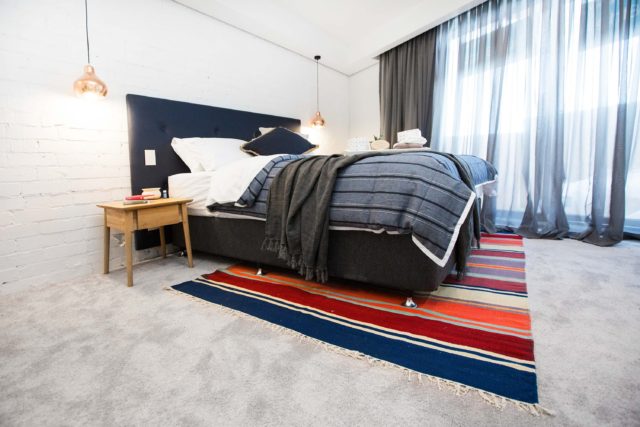
Painting the walls in your home is an effective and inexpensive way to refresh and update any room, no matter what the surface of your walls may be. If you have an exposed brick wall in your home, don’t let that stop you from adding some colour and transforming the room to the look and style you want. Here are my top three tips for painting exposed brick walls in your home.
- Preparation is key
A wise man once said ‘preparation is the key to success’ and I couldn’t agree more – especially when painting your home! Your walls act as the canvas for your artistic vision of the room you’d like to create in your home. A properly prepared wall will ensure you make your job easier and help you to achieve a vibrant, long-lasting finish.
Start by thoroughly washing your brick wall with a mild soap solution of household detergent and water to remove all dust, dirt and other contaminants. Once it’s clean, give it a rinse and ensure it’s completely dry before you continue.
- Prime before you paint
When painting exposed brick, it’s important to prime your surface first. Use a high performance primer, like Taubmans 3-in-1 on the bricks and leave to dry thoroughly before painting. If you’re looking to dramatically change the colour of the bricks from dark to light, I’d suggest a second coat of primer to reduce how much of the dark brick will show through your lighter paint colour.
- Add an extra coat
Typically homeowners who are looking to paint over exposed brick walls are doing so to give their room a lighter colour scheme. To ensure you get the best finish from your paint job, it’s important to do a minimum of two to three coats, allowing the walls to thoroughly dry between coats, so you can assess the colour adhesion.
When painting any rough surface, especially bricks that can be quite porous, you’ll need to use more paint than you would on an ordinary wall to ensure you cover all the nooks and crannies. It’s important to take this into account when calculating how much paint you’ll need for the job. I’d suggested adding an extra litre or two to be safe.
Keep in mind that you can only paint over conventional, masonry house bricks and not glazed or glass bricks.
For more tips and tricks for painting your home, visit http://www.taubmans.com.au

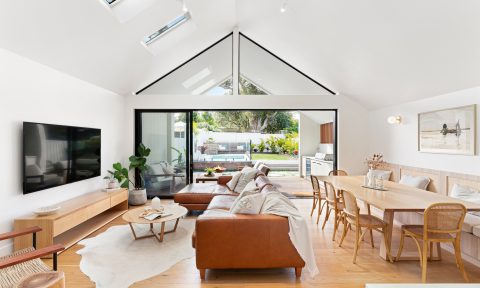
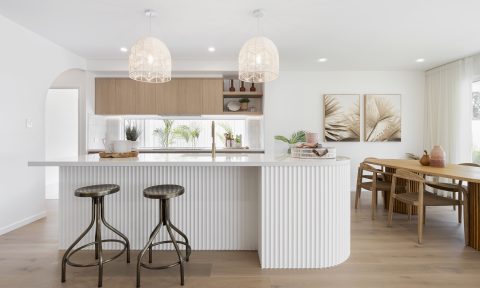

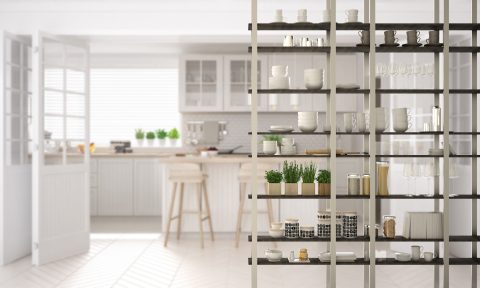

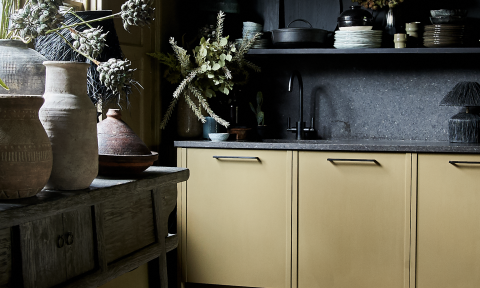
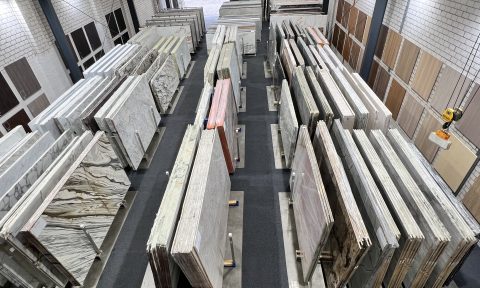
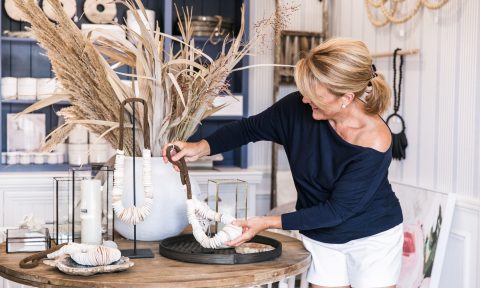

Comments
Forgetting primer is the first common mistake, especially when it comes to uneven surfaces like bricks! All painters know the importance of primer, and how the extra cost benefits the look and durability of the project. However, I didn’t know you can’t paint over glazed or glass bricks… Is there a reason why?